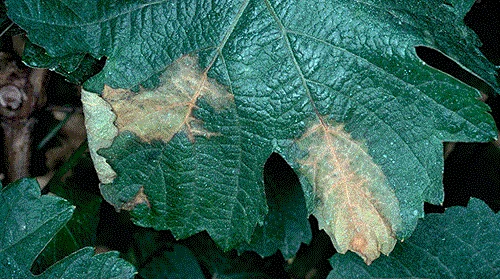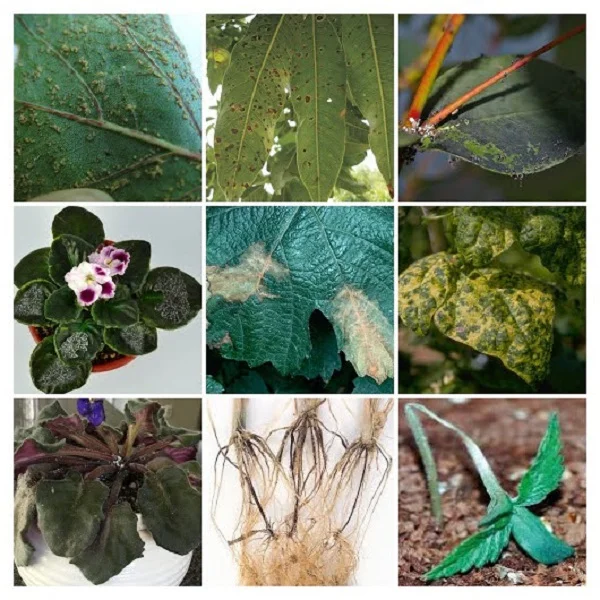How to Treat Botrytis Disease in Houseplants
Some links in this post may be affiliate links

Botrytis Disease Symptoms
Botrytis Disease also called Black Mold is characterized by grey, fluffy mould which can cover all parts of the houseplant; leaves, stems, buds and flowers
Botrytis disease is caused by the fungus, Botrytis cinerea and is prevalent where the growing conditions are cool and humid with no air circulation.
Begonia, Cyclamen, Gloxina and Saintpaulia are highly susceptible to Botrytis Disease though it can affect all soft-leaved houseplants.
Treatment for Botrytis Disease in Houseplants
1.Cut all affected parts of the plant and destroy by burning to prevent spread to the entire plant and other houseplants.
2.Remove and replace the moldy soil with fresh free-draining soil and allow the soil to dry out between waterings.
3.Spray the plant with a systemic fungicide as per the manufacturer's instructions. Ensure all the parts of the plant are well covered with the fungicidal solution.
4.Maintain the soil for the plant on the drier side; reduce watering to keep the soil moderately moist and ensure that the pot has a draiange hole.
5.Stop misting the plant for a period of 7-10 days or employ other techniques to raise humidity for the plant.
6.Improve ventilation for your plant; ensure there is free air circulation.
You liked it? Share on social media.
Related Content
Amazon Associates Disclosure
Homeplantsguide.com is a participant in the Amazon Services LLC Associates Program, an affiliate advertising program designed to provide a means for sites to earn advertising fees by advertising and linking to amazon.com.
